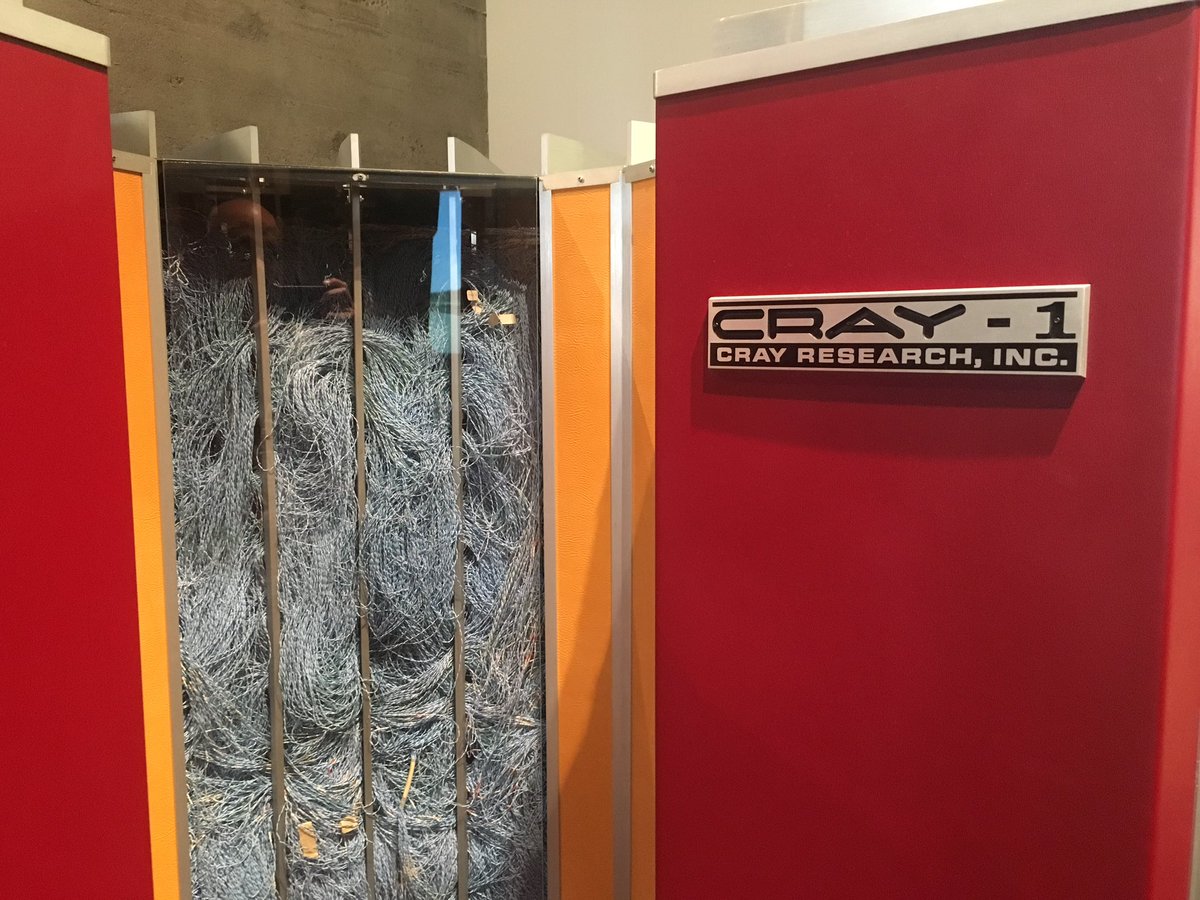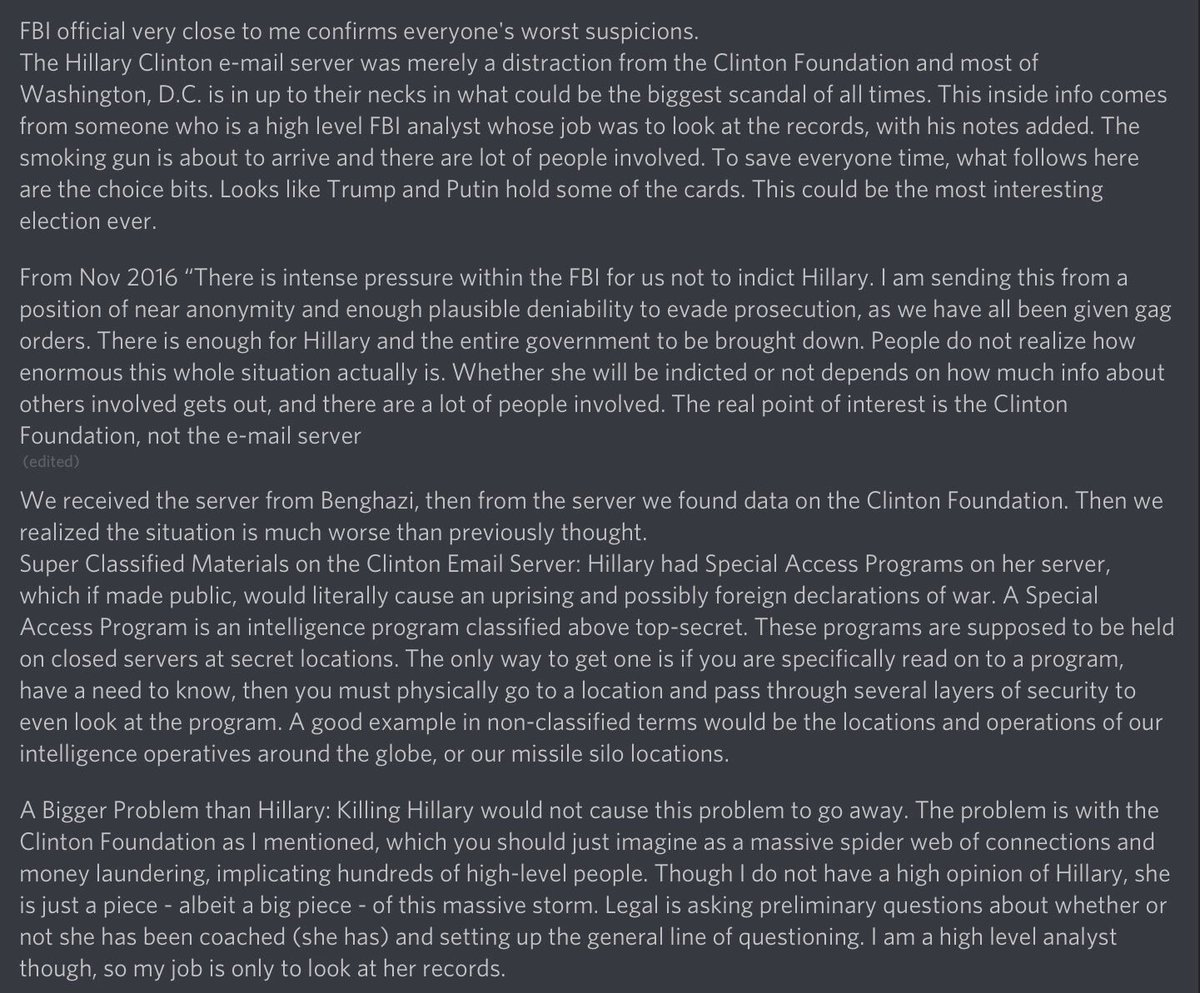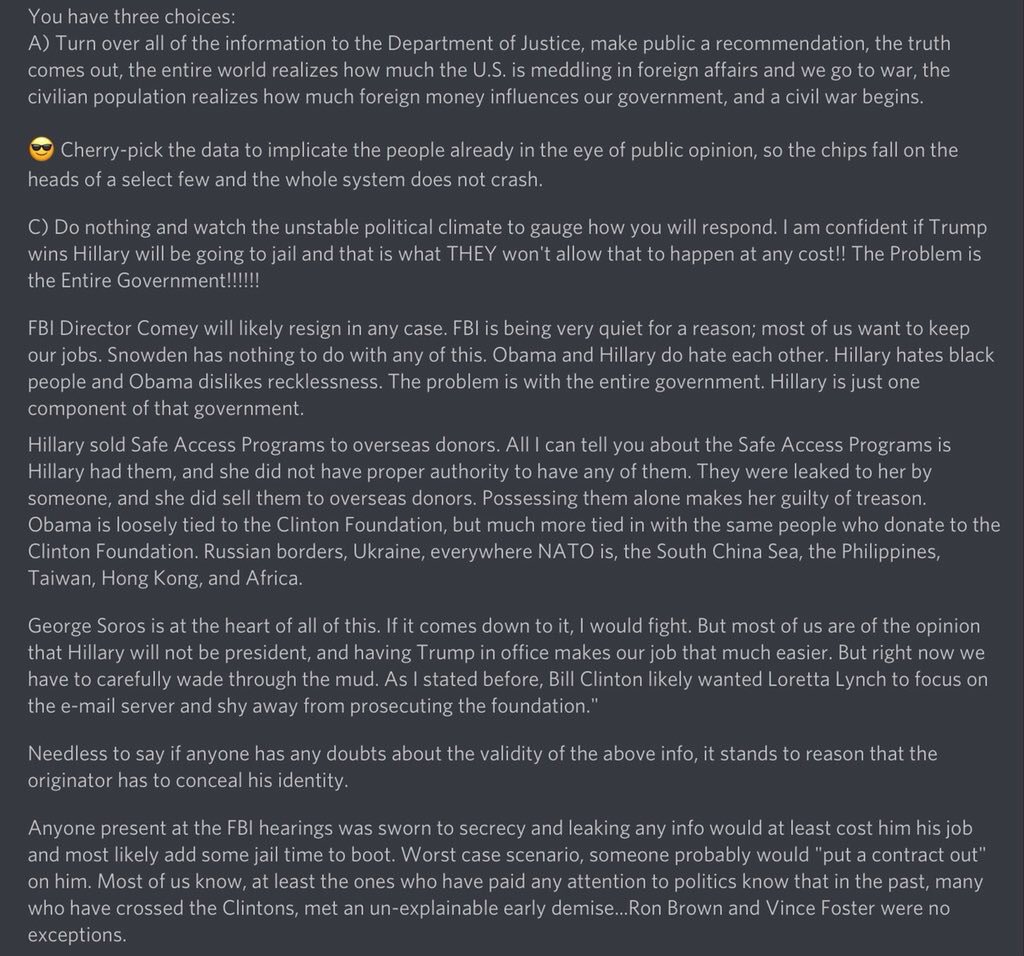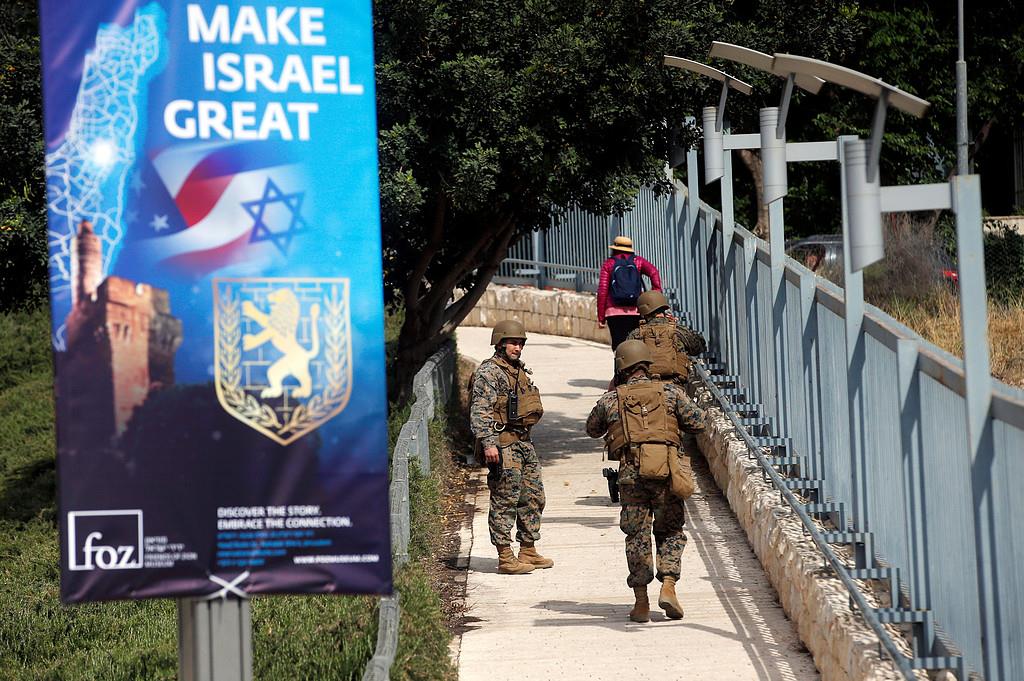1. Recommending improvements to major corridors consistent
with the high demand/frequency corridors identified through
the Better Bus Project and Focus40
2. Improving low ridership routes based on existing productivity
(cont'd)
This doesn't sound like much of a comprehensive redesign. The state goals seem reasonable, though:
Equity: Provide competitive service and increase access for
vulnerable populations.
Economy: Deliver a high capacity transportation network that
provides peak service where needed to support the continued
economic development of the metropolitan region.
(cont'd)
ability to live car-free and attracting ridership from cars.
FIN














